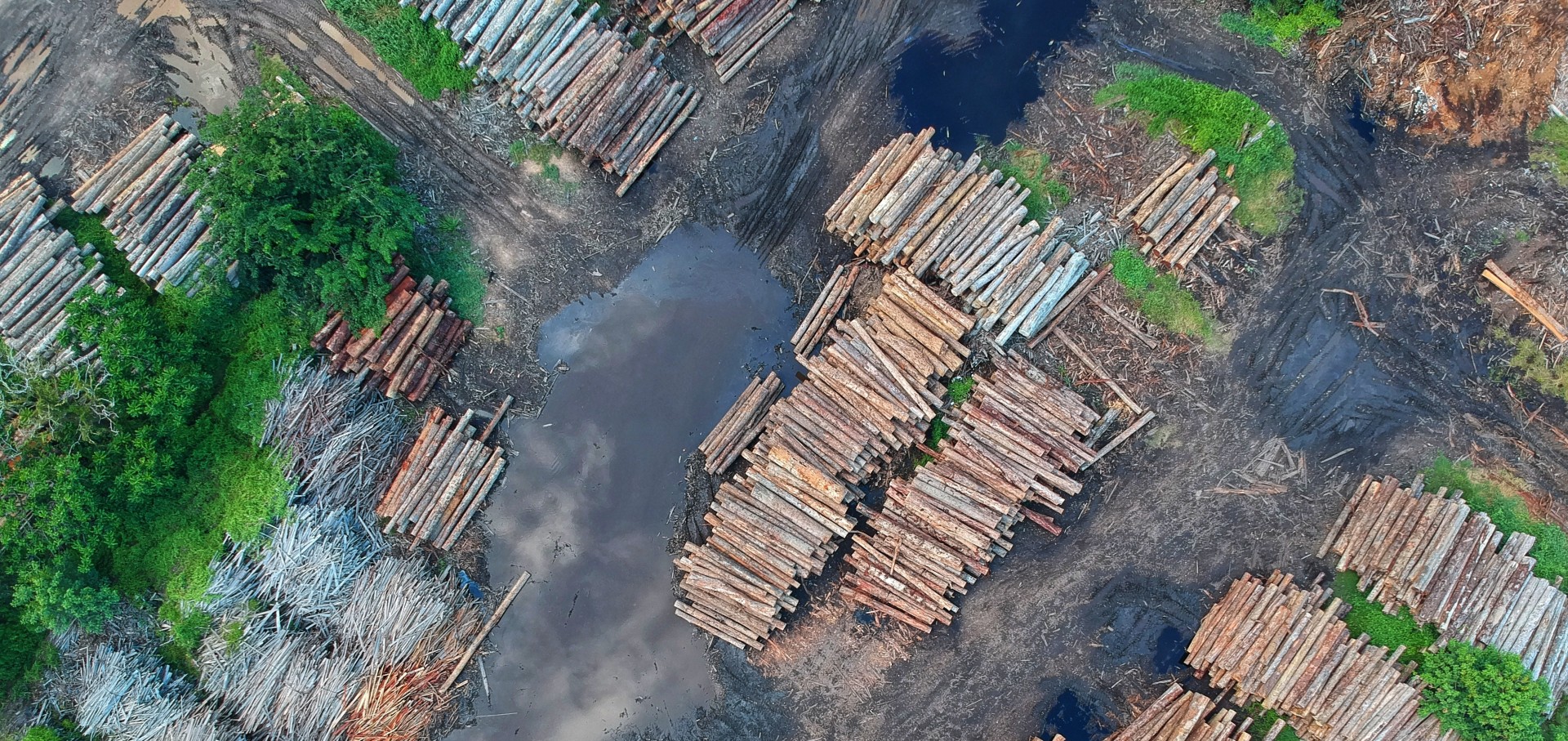We need a One Health approach, that is, we take into account that animal and human health are interconnected and linked to ecosystems.
In early 2000, the concept of “One Health” was introduced. a health) to give a name to something that has already been known for more than a century: Human health and animal health are interdependent and linked to the ecosystems in which they coexist..
More specifically, the concept of One Health is defined as “the collaborative efforts from multiple disciplines (personal physician, veterinarian, researcher, etc.) who work locally, nationally and globally to achieve optimal health for people, animals and our environment.”
3 changes that explain the importance of the One Health concept
The importance of this concept in recent years is given by the changes that have occurred in the interactions between people, animals, plants and our environment.
Three facts stand out among these changes:
1. The human population grows and expands to new geographic areas
As a result, many people live in close contact with wild and domestic animals. Although these animals play a very important role in our lives, this greater contact makes the chances of animal diseases passing to people greater. They are the calls zoonosis. Thus, animals and humans share about 300 diseases. It has long been known that animal health care is essential for maintaining public health. Thus, according to the World Organization for Animal Health (OIE), a 60% of human infectious diseases known are of animal origin (domestic or wild animals), as are 75% of the pathogenic agents of emerging human infectious diseases.
2. Our planet is suffering from climate and land use changes that cause deforestation and an increase in intensive livestock farming
these changes in environmental conditions and in the habitats They can also promote the transfer of diseases from animals to people. The intensive livestock farming has been associated with a negative impact on the environment and global human security, since according to the Food and Agriculture Organization of the United Nations (FAO), livestock farming generates more greenhouse gases than the transportation sector. This intensive livestock farming has its effects on deforestation, high water consumption and soil pollution through feces (expulsion of antibiotics and other residues into the soil), as well as ammonia from the feed consumed. Furthermore, the antibiotic abuse in animals and the appearance of zoonoses represent a serious problem for human health. The deforestation It has many negative effects on the environment. One of the greatest impacts is the loss of habitat for millions of species. Thus, these species seek new niches increasingly closer to people, come into contact with them and thus increase the risk of zoonoses.
3. The global movement of people, animals and food has increased enormously
As a result of the rapid increase in international travel In recent decades, diseases and vectors of transmission can spread rapidly across borders globally. is an increasingly interconnected world and interdependent, the outbreak of an infectious disease in one country could actually become a worrying health emergency situation for the entire world (for example, COVID-19).
he increased contact with wild and domestic animals makes the chances of animal diseases passing to people greater. Changes in environmental conditions and habitats can also favor it. On the other hand, as a result of the rapid increase in international travel in recent decades, diseases and transmission vectors can quickly disperse across borders globally.
Increased contact with wild and domestic animals increases the chances of animal diseases passing to people.
In short, all These changes have favored the transmission of diseases between animals and people, as new opportunities for contact between humans, animals and the environment have appeared.
Pok Rie / Pexels
The areas in which the “One Health” approach is especially necessary are food safetyhe zoonoses control and fighting antibiotic resistance.
One Health, a comprehensive solution for antimicrobial resistance
In the case of antimicrobial resistance, it is well known that, in most cases, antimicrobials used in veterinary and human health belong to the same families and share similar mechanisms of action, which increases the risks of transmission. of bacteria. resistance between humans and animals through the food chain or through other contact routes (feces, direct contact, etc.). It is very worrying that some of the antimicrobials that are widely used in animals are those that are preserved for the most difficult cases in the human clinic, such as colistinfor which transferable resistance mechanisms have been detected in bacteria of human and animal origin spread across numerous countries on different continents.
It is very worrying that some of the antimicrobials that are widely used in animals are those that are preserved for the most difficult cases in the human clinic, such as colistin.
One of the practices that has generated the increase and spread of antimicrobial resistance has been massive use of these compounds since the middle of the last century as “growth promoters” to optimize weight gain. Likewise, antibiotics have also been used in animals. as disease preventive agents. All of this has led to the selection of resistant bacteria in animals that reach humans through the food chain.
Water, a key role in the “One Health” approach
Water, an essential resource for life, plays a key role in the One Health approach. With increasing droughts and growing industrialization, protecting this vital asset has become increasingly difficult. Despite the efforts, the polluting discharges They continue to affect water quality, putting both ecosystem and human health at risk.
Chemical agents, organic matter, microplastics and residues of other components are dumped into rivers and seas, causing a water pollution which can affect crop fields, animals and, ultimately, humans. This pollution also contributes to the loss of biodiversity, with an impact ranging from microorganisms to larger species, such as fish.
In this context, the wastewater treatment plants they play a fundamental role. These facilities receive water laden with a wide variety of contaminants, both organic and inorganic. However, a key question arises: are current treatments really effective in eliminating all dangerous substances? At the microbiological level, plants monitor bacteria such as Escherichia colicoliforms, enterococcus, Clostridium perfringens and, in some cases, Pseudomonas aeruginosa. However, a critical factor continues to be neglected: the presence of bacteria resistant to antimicrobials. For this reason, treatment plants are considered «hot spots» for resistance development. In them, bacteria of human and animal origin coexist with environmental bacteria, facilitating the exchange of antibiotic resistance genes.
It has been observed that, after being treated, water returning to rivers can contain antibiotic resistant bacteria that do not belong to the aforementioned groups and that have survived the purification process. This water, which can be used to irrigate crops or as a drink for animals, can introduce resistant bacteria into the food chain, and directly affect our health.
Given this scenario, it is essential to incorporate the detection of resistant bacteria and genes associated with resistance in wastewater treatment systems. Only in this way can we stop its spread, aligning ourselves with the «One Health» approach, which recognizes the interconnection between human, animal and environmental health.
In conclusion, we urgently need Promote this transdisciplinary approach to improve the health of people, animals and our environment.







Thinker Pedia For the reason that the admin of this site is working, no uncertainty very quickly it will be renowned, due to its quality contents.
Isla Moon naturally like your web site however you need to take a look at the spelling on several of your posts. A number of them are rife with spelling problems and I find it very bothersome to tell the truth on the other hand I will surely come again again.
Newtoki I like the efforts you have put in this, regards for all the great content.
The photographs and visuals used in this blog are always stunning They really add a beautiful touch to the posts